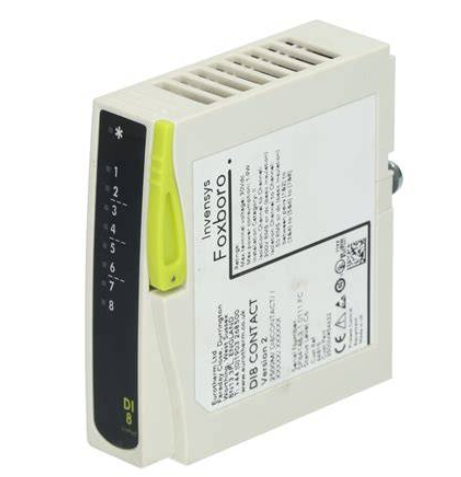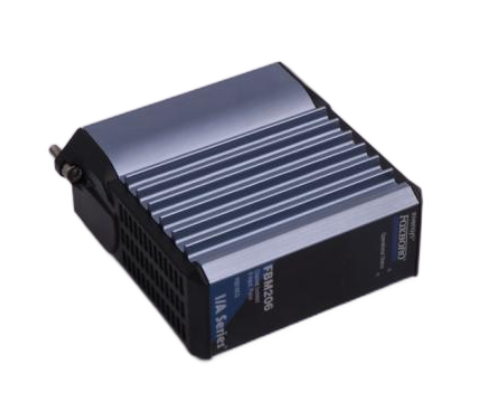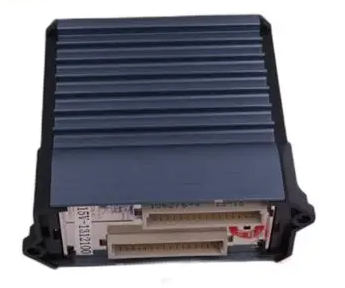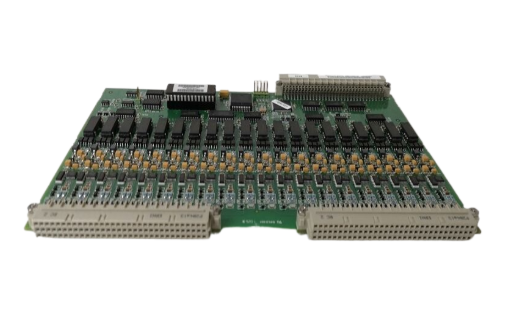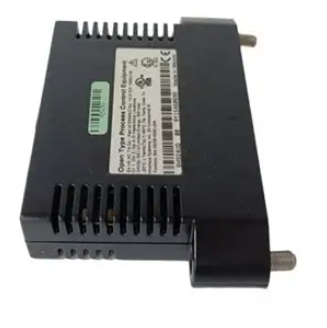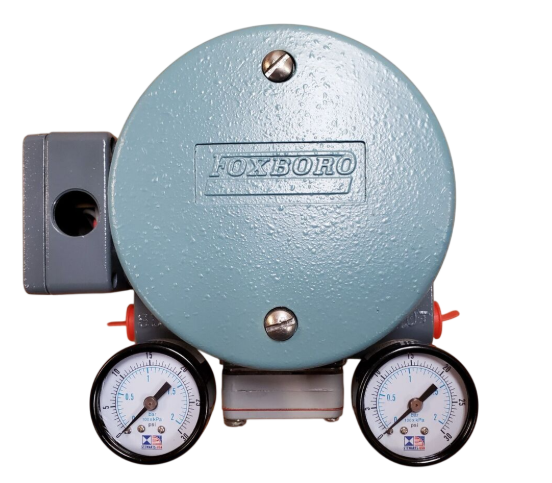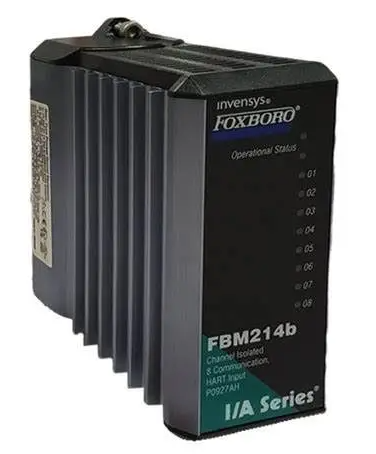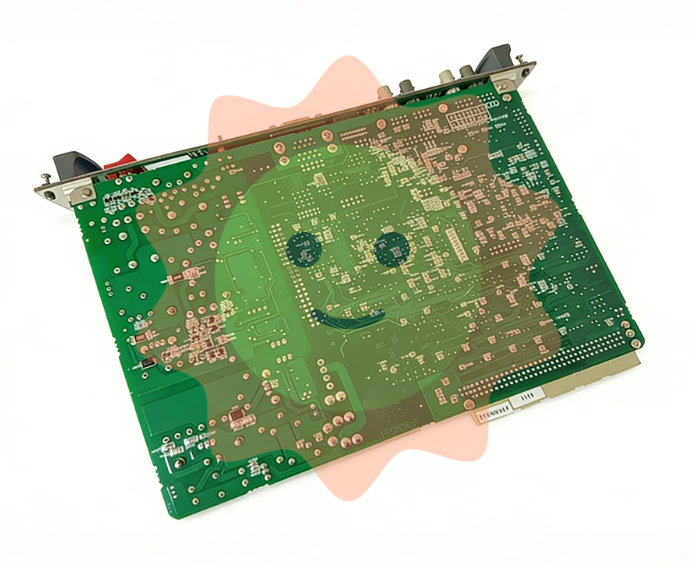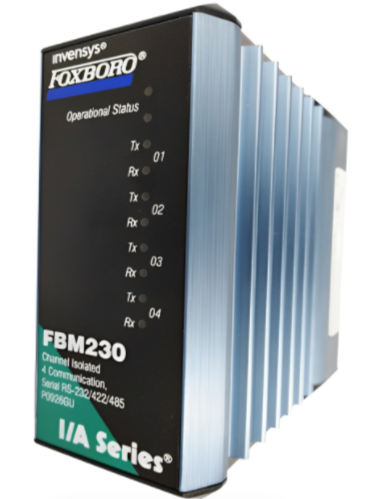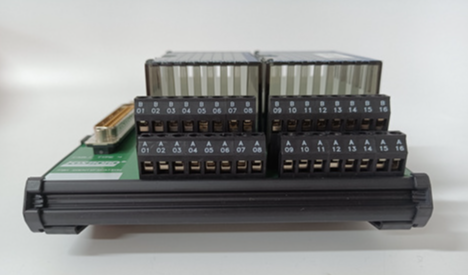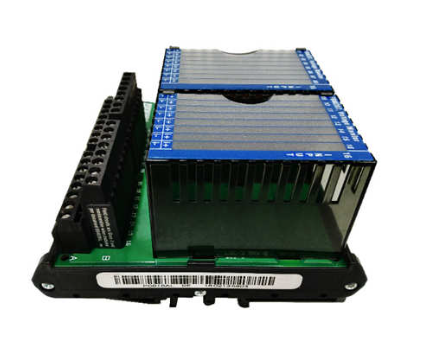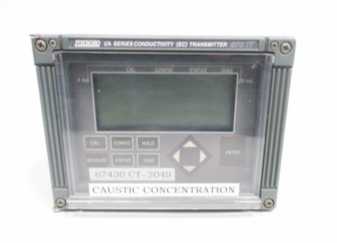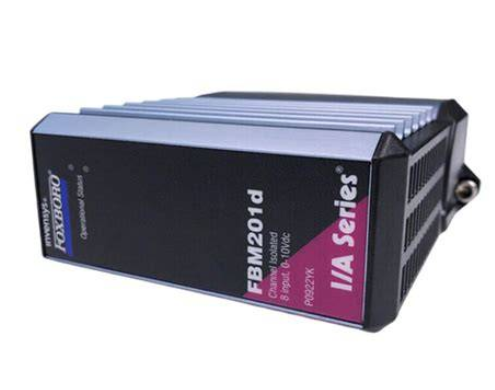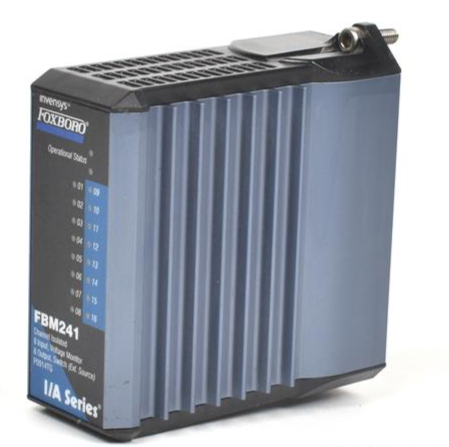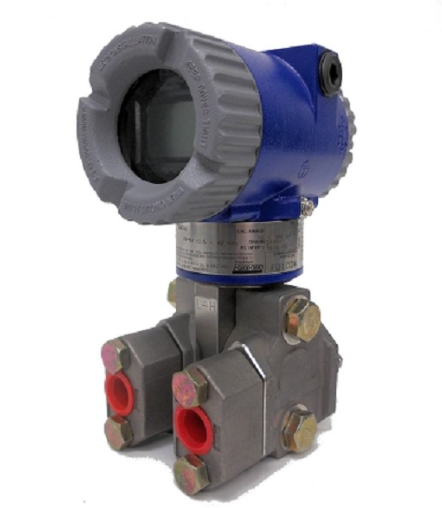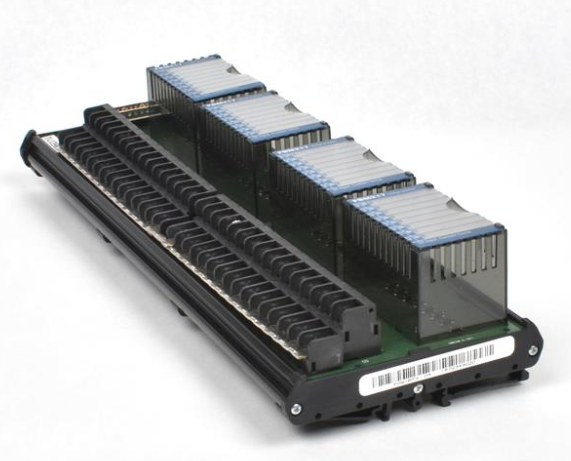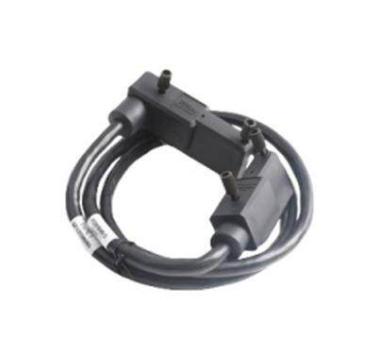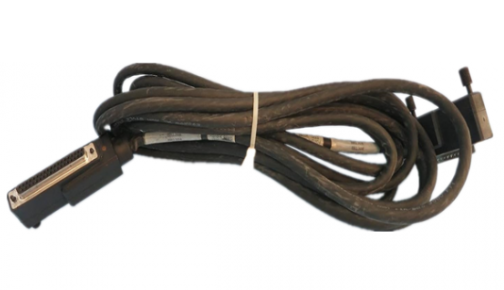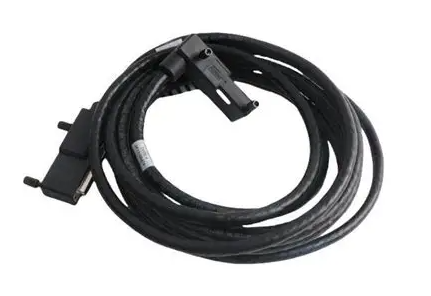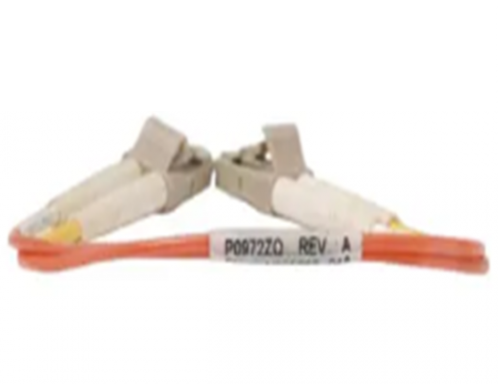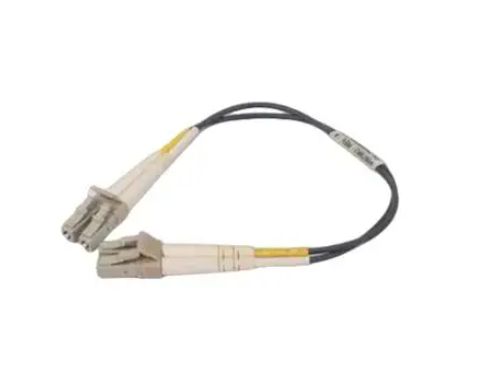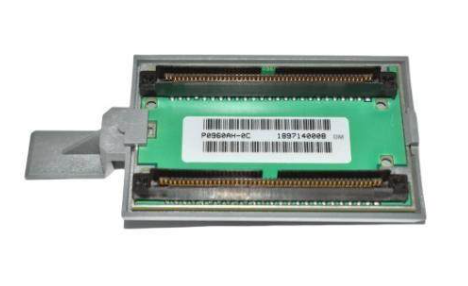Basic concepts of sewage treatment
Basic concept
The processing of raw water (raw water) to meet the quality requirements of finished water (domestic or production water and waste water for final disposal).
1, processing raw water for domestic or industrial water, called water treatment;
2. When processing wastewater, it is called wastewater treatment. The purpose of wastewater treatment is for the discharge of wastewater (into water bodies or land) or reuse.
In the recycling water system and the recycling treatment of water, the raw water is the wastewater, the finished water is the water, and the processing process has the nature of both water supply treatment and wastewater treatment. Water treatment also includes the treatment and final disposal of wastewater and sludge generated during the treatment process, and sometimes the treatment and discharge of exhaust gases.
Water treatment can be summarized in three ways:
① The most commonly used is to obtain the required water quality by removing part or all of the impurities in the raw water;
② By adding new ingredients in the raw water to obtain the required water quality;
The processing of raw water does not involve the removal of impurities or the addition of new ingredients.
Impurities in water and treatment methods
Impurities in water include coarse substances, suspended solids, colloids and dissolved substances. Coarse materials such as water plants floating in rivers, garbage, large aquatic organisms, grit in wastewater, and large pieces of dirt. In the water supply project, the coarse impurities are removed by the facilities of the water intake structure and are not included in the scope of water treatment.
In wastewater treatment, the removal of coarse impurities generally belongs to the pretreatment part of water. Suspended solids and colloids include sediment, algae, bacteria, viruses, and insoluble substances that are present in water and produced during water treatment. Dissolved substances include inorganic salts, organic compounds and gases. There are many treatment methods for removing impurities in water, and the scope of application of the main methods can be roughly divided according to the particle size of the impurities. Because the impurities contained in the raw water and the impurities allowed in the finished water differ greatly in type and concentration, the water treatment process also varies greatly.

As far as domestic water (or urban public water supply) is concerned, raw water from high-quality water sources (well water or well-protected water supply reservoirs) only needs to be disinfected to become finished water; Raw water from general rivers or lakes should first be removed from muddy impurities such as sediment, and then disinfected; For raw water with serious pollution, organic matter and other pollutants need to be removed. Raw water containing iron and manganese (such as some well water) needs to be removed. Domestic water can meet the water quality requirements of general industrial water, but industrial water sometimes needs further processing, such as softening, desalt and so on.
When the water quality requirements of wastewater discharge or reuse are low, only coarse impurities and suspended matter need to be removed by screening and precipitation (often called primary treatment); When organic matter is required to be removed, biological treatment (often called secondary treatment) and disinfection are generally adopted after primary treatment; For the wastewater after biological treatment, the treatment process is collectively referred to as tertiary treatment or advanced treatment. For example, when the water body into which the wastewater is discharged needs to prevent eutrophication, the nitrogen and phosphorus removal process belongs to the tertiary treatment. When wastewater is used as a source of water, the quality requirements of the finished water and the corresponding processing process depend on its use.
In theory, modern water treatment technology can make any high-quality finished water from any inferior water.
Method classification
The process of water treatment is actually designed according to the gap between the quality of raw water and the quality of finished water, so the processing procedure must be taken for raw water.
Each process produces a physical, chemical, or microbiological effect on raw water. A process is generally completed in a processing equipment, but there are also several processes completed in a processing equipment. A process or a combination of several processes can form a unit method of water treatment, such as coagulation, precipitation, filtration and disinfection are the most commonly used unit methods of water treatment.
According to the applied theoretical basis, the unit methods can be divided into two categories: physicochemical method and biological method. All treatment methods based on the principles of physics or chemistry (including physicochemistry) or both are incorporated into physicochemistry. All treatment methods based on the theoretical basis of microbial life activities are incorporated into biological methods, also known as biochemical methods.
It is also possible to borrow the concept of unit operation and unit process in chemical engineering to divide various treatment processes into two categories: unit operation (which does not produce chemical reactions, such as liquid transport, precipitation, filtration, reverse osmosis, etc.) and unit process (which produces chemical reactions, such as coagulation, disinfection, chemical precipitation, biological oxidation, etc.).
Typical process
The process of making finished water from ordinary river water. ② The process of making finished water from heavily polluted river water. (3) The process of producing high purity water from urban water supply. ④ Also remove iron, manganese well water treatment process. (5) Biological wastewater treatment process. The process of physical and chemical treatment of wastewater.
Water treatment technology
Sewage treatment generally includes the following three levels of treatment:
Primary treatment is to remove the stones, sand and fats, iron ions, manganese ions, fats and so on contained in the sewage through mechanical treatment, such as grille, precipitation or air flotation.
Secondary treatment is biological treatment, where pollutants in sewage are degraded and converted into sludge under the action of microorganisms.
Tertiary treatment is the advanced treatment of sewage, which includes the removal of nutrients and the disinfection of sewage by chlorination, ultraviolet radiation or ozone technology. Depending on the target of the treatment and the quality of the water, some sewage treatment processes do not include all of the above processes.

Treatment method
water treatment is the process of using physical, chemical, biological and other methods to improve the water quality of source water or water that does not meet the water quality requirements. Water treatment can be summarized in three ways:
① The most commonly used is to obtain the required water quality by removing part or all of the impurities in the raw water;
② By adding new ingredients in the raw water to obtain the required water quality;
The processing of raw water does not involve the removal of impurities or the addition of new ingredients.
Softened water treatment:
Treated with a chemical "resin", such as hard water to soften. Common wastewater treatment technology Biological chemical method, such as Activated Sludge Process (Activated Sludge Process), biological stratification method (Fixed Biofilm Processes), mixed biological Processes (Combined Biological Processes) and so on; Physicochemical methods, such as Granular Media Filtration, Activated Carbon Adsorption, Chemical Precipitation, Membrane Processes etc.; Natural treatment methods, such as Stabilization Ponds method, Aeratedor Facultative Lagoons method, Constructed Wetlands method, chemical color Coxex resin treatment method.
Water treatment method
Water treatment process:
Sewage treatment generally includes the following three levels of treatment:
Primary treatment is to remove the stones, sand and fat and grease contained in the sewage through mechanical treatment, such as grille, precipitation or air flotation.
Secondary treatment is biological treatment, where pollutants in sewage are degraded and converted into sludge under the action of microorganisms.
Tertiary treatment is the advanced treatment of sewage, which includes the removal of nutrients and the disinfection of sewage by chlorination, ultraviolet radiation or ozone technology. Depending on the target of the treatment and the quality of the water, some sewage treatment processes do not include all of the above processes.
Mechanical handling section
The mechanical (first-level) treatment section includes structures such as grilles, sand settling ponds, and initial settling ponds to remove coarse particles and suspended matter for the purpose of treatment. The principle of treatment is to achieve solid-liquid separation by physical method and separate pollutants from sewage, which is a commonly used sewage treatment method.
Mechanical (primary) treatment is essential for all wastewater treatment processes (although some processes sometimes omit the primary sedimentation tank), and the typical removal rates of BOD5 and SS for municipal wastewater primary treatment are 25% and 50%, respectively. In biological phosphorus and nitrogen removal wastewater treatment plants, aerated sand sedimentation tanks are generally not recommended to avoid the removal of rapidly degrading organic matter. In the case that the water quality characteristics of the original sewage are not conducive to phosphorus and nitrogen removal, the setting of the initial sedimentation and the setting method should be carefully analyzed and considered according to the subsequent process of the water quality special injection, so as to ensure and improve the influent water quality of the subsequent process such as phosphorus and nitrogen removal.
Biochemical treatment of sewage
Sewage biochemical treatment is A secondary treatment, to remove non-sinkable suspended matter and soluble biodegradable organic matter as the main purpose, its process composition is diverse, can be divided into activated sludge method, AB method, A/O method, A2 /O method, SBR method, oxidation ditch method, stabilization pond method, land treatment method and other treatment methods.
Most municipal sewage treatment plants have adopted the activated sludge process. The principle of biological treatment is to complete the decomposition of organic matter and the synthesis of biological organisms through biological action, especially the role of microorganisms, and transform organic pollutants into harmless gas products (CO2), liquid products (water) and solid products rich in organic matter (microbial communities or biological sludge); The excess biological sludge is separated by solid and liquid in the sedimentation tank and removed from the purified sewage.
In the process of sewage biochemical treatment, the factors affecting microbial activity can be divided into two categories: substrate and environment:
First, the matrix includes nutrients, such as organic compounds dominated by carbon elements, namely nutrients such as carbon source substances, nitrogen sources, phosphorus sources, and trace elements such as iron, zinc, manganese; In addition, it also includes some toxic and harmful chemicals such as phenols, benzene and other compounds, as well as some heavy metal ions such as copper, cadmium, lead ions and so on.
Second, the main environmental impact factors are:
(1) Temperature.
The influence of temperature on microorganisms is very extensive, although some types of bacteria are also active in high temperature environments (50 ° C ~ 70 ° C) and low temperature environments (-5 ~ 0 ° C), the most suitable temperature range for the growth of most microorganisms in sewage treatment is 20-30 ° C. In the appropriate temperature range, the physiological activity of the microorganism is vigorous, and its activity is enhanced with the increase of temperature, and the treatment effect is better. Beyond this range, the activity of microorganisms becomes worse, and the biological reaction process will be affected. In general, the maximum and minimum limits for controlling the reaction process are 35 ° C and 10 ° C respectively.
(2)PH value.
The most suitable PH range for microorganisms in activated sludge system is 6.5-8.5, and the acidic or alkaline environment is not conducive to the survival and growth of microorganisms. In serious cases, the sludge floc will be destroyed, the bacteria colloidal group will disintegrated, and the treatment effect will deteriorate sharply.

(3) Dissolved oxygen.
For aerobic biological reactions, it is important to maintain a certain concentration of dissolved oxygen in the mixture. When the dissolved oxygen in the environment is higher than 0.3mg/l, both facultative and aerobic bacteria perform aerobic respiration. When the dissolved oxygen is less than 0.2-0.3mg/l and close to zero, the facultative bacteria are transferred to anaerobic respiration, most of the aerobic bacteria basically stop breathing, and some aerobic bacteria (most of them are filamentous bacteria) may also grow well, which often leads to sludge swelling after dominating the system.
In general, the dissolved oxygen at the outlet of the aeration tank is appropriate to maintain about 2mg/l, and too high will increase energy consumption, which is economically uneconomical. Among all the influencing factors, matrix factors and PH value are determined by the influent water quality, and the control of these factors mainly depends on daily monitoring and the strict implementation of relevant regulations and regulations.
For the general municipal sewage, most of these factors will not constitute too much impact, and the parameters can be basically maintained within the appropriate range. The change of temperature is related to the climate, and it is difficult to control the temperature for the 10,000-ton municipal sewage treatment plant, especially when the activated sludge process is used, and it is not very feasible economically and engineering.
Therefore, it is generally through the appropriate selection of design parameters to meet the processing requirements of different temperature changes in order to achieve the processing target.
Therefore, the main goal of process control falls on the activated sludge itself and the environmental factors that can be changed by regulatory means, and the main task of control is to take appropriate measures to overcome the influence of external factors on the activated sludge system, so that it can continue to play a stable role. The key to the process control of biological reaction system is the selection of control objects or control parameters, which is closely related to the processing technology or processing target.
As mentioned above, dissolved oxygen is a very important indicator parameter in the type and process of biological reaction, which can intuitively and quickly reflect the operating status of the entire system, convenient operation and management, installation and maintenance of instruments and meters are also relatively simple, which is also the reason why the newly built sewage treatment plants in China have basically realized on-site and online monitoring of dissolved oxygen in the past decade.
Tertiary treatment is the deep treatment of water, and the current sewage treatment plants in China are not put into practical application. It will be the secondary treatment of water denitrification, dephosphorization treatment, with activated carbon adsorption or reverse osmosis method to remove the remaining pollutants in the water, and ozone or chlorine disinfection to kill bacteria and viruses, and then the treated water into the waterway, as flushing toilets, spraying streets, watering green belt, industrial water, fire prevention and other water sources.
It can be seen that the role of the sewage treatment process is only through biodegradation and conversion and solid-liquid separation, while purifying the sewage, the pollutants are enriched into the sludge, including the primary sludge generated by the primary treatment section, the residual activated sludge generated by the secondary treatment section and the chemical sludge generated by the tertiary treatment.

Because these sludge contains a lot of organic matter and pathogens, and is very easy to rot and stink, it is easy to cause secondary pollution, and the task of eliminating pollution has not been completed. Sludge must be properly disposed of through certain capacity reduction, reduction and stabilization harmless treatment Wells. The success of sludge treatment and disposal has an important impact on sewage plants and must be paid attention to. If the sludge is not treated, the sludge will have to be discharged with the treated effluent, and the purification effect of the sewage plant will be offset. Therefore, in the actual application process, the sludge treatment in the sewage treatment process is also quite critical. General water treatment methods and principles
Common water treatment methods are:
(A) sediment filtration method,
(2) Hard water softening method,
(3) activated carbon adsorption method,
(4) Deion method,
(5) Reverse osmosis method,
(6) ultrafiltration method,
(7) distillation method,
(8) ultraviolet disinfection methods, etc., now the principle and function of these treatment methods are explained here.
The purpose of sediment filtration is to remove suspended particulate matter or colloidal matter from the water source.
These particulate matter, if not removed, can cause damage to other sophisticated filtration membranes used in dialysis water or even block waterways. This is the oldest and simplest water purification method, so this step is commonly used in the preliminary treatment of water purification, or if necessary, several more filters will be added to the pipeline to remove larger impurities.
There are many types of filters used to filter suspended particulate matter, such as mesh filters, sand filters (such as quartz sand, etc.) or membrane filters. As long as the particle size is larger than the size of these holes, it will be blocked down. For ions dissolved in water, there's no stopping them. If the filter is not replaced or cleaned for too long, more and more particulate matter will accumulate on the filter, and the water flow and pressure will gradually decrease. People use the difference between the inlet water pressure and the outlet water pressure to determine the degree of blockage of the filter.
- EMERSON
- Honeywell
- CTI
- Rolls-Royce
- General Electric
- Woodward
- Yaskawa
- xYCOM
- Motorola
- Siemens
- Rockwell
- ABB
- B&R
- HIMA
- Construction site
- electricity
- Automobile market
- PLC
- DCS
- Motor drivers
- VSD
- Implications
- cement
- CO2
- CEM
- methane
- Artificial intelligence
- Titanic
- Solar energy
- Hydrogen fuel cell
- Hydrogen and fuel cells
- Hydrogen and oxygen fuel cells
- tyre
- Chemical fiber
- dynamo
- corpuscle
- Pulp and paper
- printing
- fossil
- FANUC
- Food and beverage
- Life science
- Sewage treatment
- Personal care
- electricity
- boats
- infrastructure
- Automobile industry
- metallurgy
- Nuclear power generation
- Geothermal power generation
- Water and wastewater
- Infrastructure construction
- Mine hazard
- steel
- papermaking
- Natural gas industry
- Infrastructure construction
- Power and energy
- Rubber and plastic
- Renewable energy
- pharmacy
- mining
- Plastic industry
- Schneider
- Kongsberg
- NI
- Wind energy
- International petroleum
- International new energy network
- gas
- WATLOW
- ProSoft
- SEW
- wind
- ADVANCED
- Reliance
- YOKOGAWA
- TRICONEX
- FOXBORO
- METSO
- MAN
- Advantest
- ADVANCED
- ALSTOM
- Control Wave
- AB
- AMAT
- STUDER
- KONGSBERG
- MOTOROLA
- DANAHER MOTION
- Bently
- Galil
- EATON
- MOLEX
- Triconex
- DEIF
- B&W
- ZYGO
- Aerotech
- DANFOSS
- KOLLMORGEN
- Beijer
- Endress+Hauser
- MOOG
- KB
- Moxa
- Rexroth
- YAMAHA
- Johnson
- Westinghouse
- WAGO
- TOSHIBA
- TEKTRONIX


Email:wang@kongjiangauto.com

